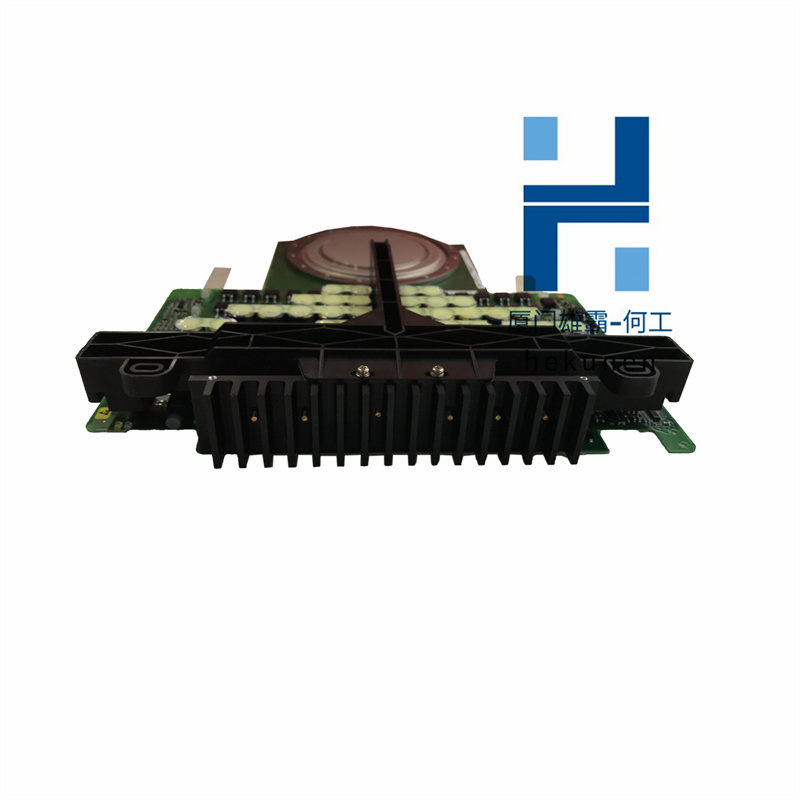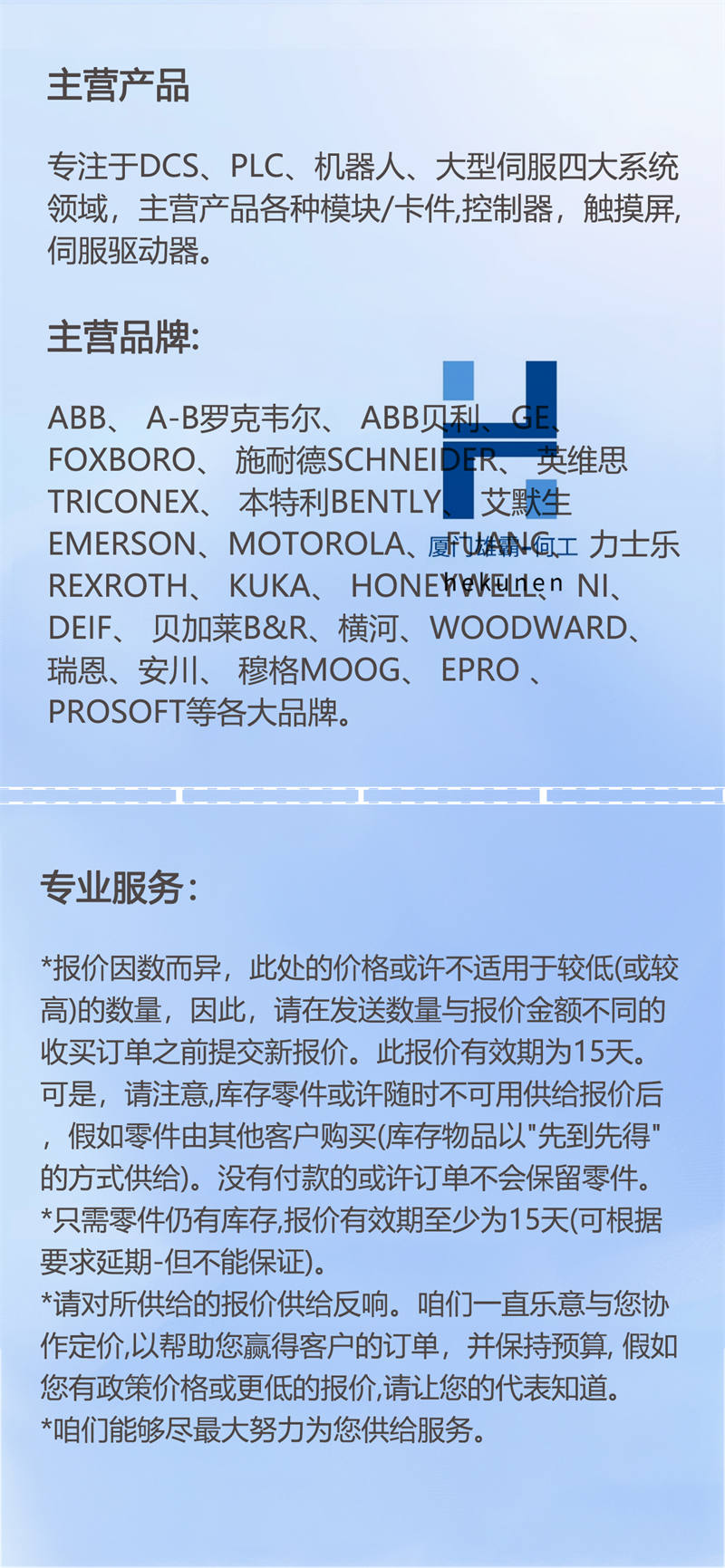1.使用"减计数"指令,每次执行该指令,输出CV的值将递减。
2. 当输入CD的信号状态从低电平(“0”)变为高电平(“1”)时(即信号上升沿触发),执行该指令,并将输出CV的当前计数器值减1。每检测到一个信号上升沿,计数器值就会递减1,直到达到指定数据类型的下限为止。一旦达到下限,输入CD的信号状态将不再影响该指令的执行。
3. 如果当前计数器值小于或等于0,则输出Q的信号状态将设置为高电平(“1”)。在其他情况下,即计数器值大于0时,输出Q的信号状态将保持低电平(“0”)。
4. 当输入LD的信号状态变为高电平(“1”)时,将设置输出CV的值为参数PV的值。只要输入LD的信号状态仍为高电平(“1”),输入CD的信号状态就不会影响该指令的执行。

1. Use the "Countdown" command, and each time the command is executed, the output CV value will decrease.
When the signal state of the input CD changes from low level ("0") to high level ("1") (i.e. the rising edge of the signal is triggered), execute this command and subtract the current counter value of the output CV by 1. Every time a signal rising edge is detected, the counter value will decrease by 1 until it reaches the lower limit of the specified data type. Once the lower limit is reached, the signal state of the input CD will no longer affect the execution of the instruction.
If the current counter value is less than or equal to 0, the signal state of output Q will be set to high level ("1"). In other cases, when the counter value is greater than 0, the signal state of output Q will remain low ("0").
When the signal state of the input LD changes to high level ("1"), the output CV value will be set to the value of the parameter PV. As long as the signal state of the input LD remains high ("1"), the signal state of the input CD will not affect the execution of the instruction.

